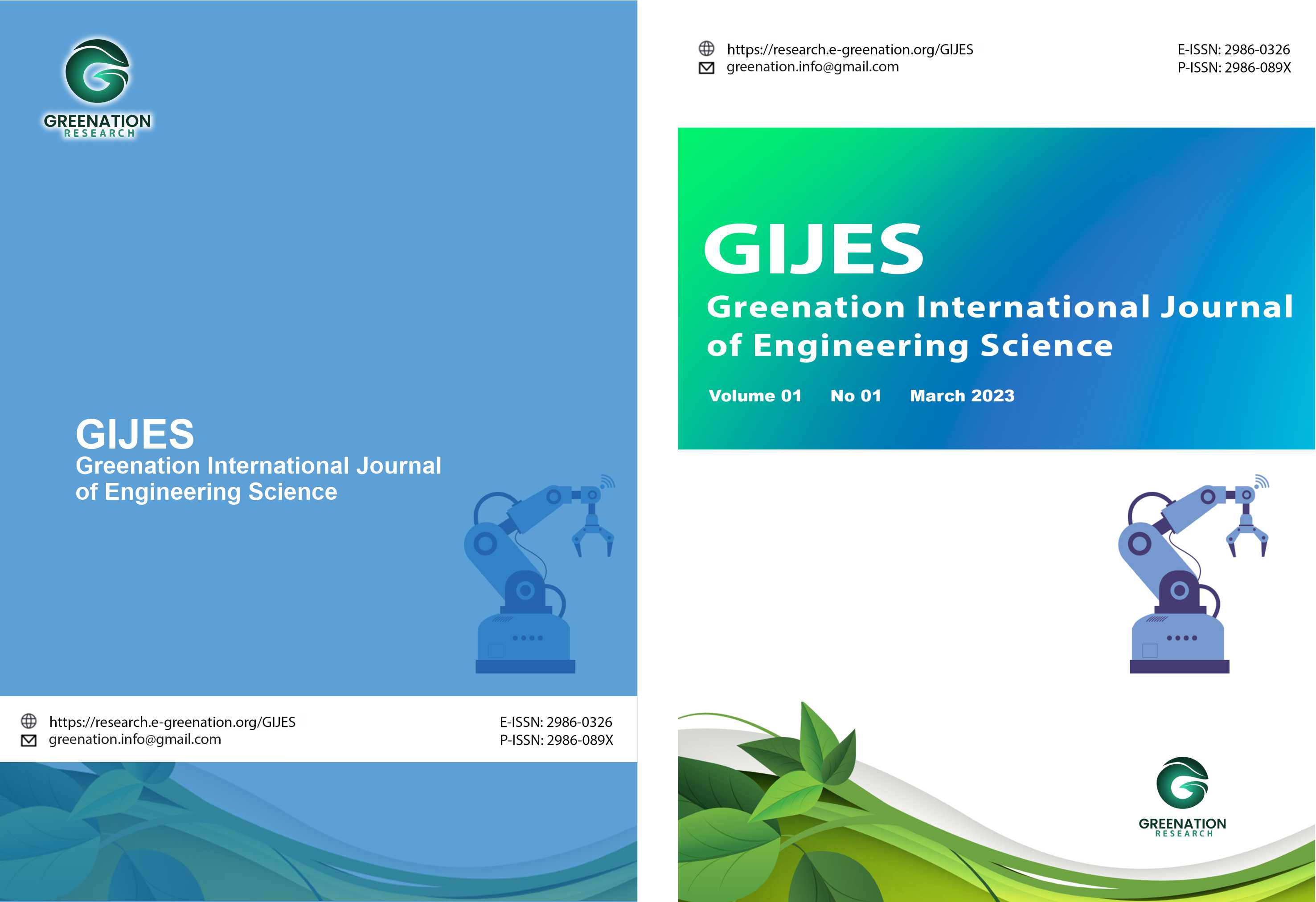Analysis of Damage to Exhaust Valve in Auxiliary Engine Number 3 For Smooth Operation n The Mt. Kurau
DOI:
https://doi.org/10.38035/gijes.v1i3.50Keywords:
Analysis, The Exhaust Valve, Valve Head Is Broken, The Surface Of The Valve, Face And Valve Seat Is UnevenAbstract
The exhaust valve is a component that functions apart from being a way out for combustion residue in the combustion chamber, it also plays a role so that the combustion chamber remains airtight during the compression stroke and the effort stroke. The performance of the exhaust valve greatly affects the power generated by the auxiliary engine. A tight exhaust valve is very important so that the combustion products in the cylinder do not leak into the exhaust manifold so that the performance of the auxiliary engine becomes optimal and the role of the auxiliary engine as the heart of a ship can supply electricity on board properly. The research method used is qualitative with qualitative descriptive data analysis techniques and data collection techniques through observation, interviews, and documentation studies. An indication of damage to the exhaust gas valve is the high temperature of the exhaust gas, as well as abnormal engine sound. After analysis, several causes were found, namely the use of inappropriate spare parts, fatigue in the exhaust gas valve, incomplete combustion in the combustion chamber. Then solve the problem which results in optimal exhaust valve performance so that the performance of the auxiliary engine is good.
References
Arismunandar, Wiranto, and Tsuda, Koichi. 1981, High Speed Diesel Motor, PT. Pradnya Pratama, Jakarta.
Armstrong, Lloyd Van Horn, and Charles Lafayette Proctor. 2013. Diesel Engines.https://www.britannica.com/ accessed on 20 March 2013.
Daryanto, and Setyabudi, I. 2015. Diesel Motor Engineering. ALFABETA Publishers. Bandung.
Yanmar Diesel Generator Instruction Manual Book Type S165L Series. 1991.
Lewis, R and RS Dwyer-Joyce. 2002. Automotive Engine Valve Recession, Professional Engineering Publishing. UK: London and Bury St Edmunds.
Maanen, P. Van. 1997. Ship Diesel Motor Volume 1 Nautech. PT. Triasko Madra, Jakarta.
Naresh, P. et al. 2015. Exhaust Gas Recirculation System. Journal Of Bioprocessing and Chemical Engineering.
Rudenko, N. 1996. Lifting Machines. Erlangga Publisher. Jakarta.
Sears, Francis W. 1994. Mechanics of Heat and Sound. Jakarta: Binacipta.
Soekarsono BE, et al. 1976. Instructions for Repairing Gasoline / Diesel Motors, Technology Secondary Education Diktat.
Sugiyono. 2009. Quantitative Qualitative Research Methods and R&D. Bandung: Alphabet.
Solaemansyur, R. 2021. Complete & imperfect combustion.https://academia.edu/ accessed May 17, 2021.
Thabroni, G. 2021. Temperature and Its Changes: Thermometer, Scale & Expansion.https://serupa.id/ accessed May 27, 2021.
Yuswardi. 2002. Definition of valves in diesel engines. Jakarta
Downloads
Published
How to Cite
Issue
Section
License
Copyright (c) 2023 Muhammad Ofianda R, Desamen Simatupang, Nurinda Dwiyani, Fahmi Umasan Gadji

This work is licensed under a Creative Commons Attribution 4.0 International License.
Copyright:
Authors who publish their manuscripts in this journal agree to the following conditions:
- Copyright in each article belongs to the author.
- The author acknowledges that Greenation International Journal of Engineering Science (GIJES) has the right to be the first to publish under a Creative Commons Attribution 4.0 International license (Attribution 4.0 International CC BY 4.0).
- Authors can submit articles separately, arrange the distribution of non-exclusive manuscripts that have been published in this journal to other versions (for example, sent to the author's institutional repository, publication in books, etc.), acknowledging that the manuscript has been published for the first time in GIJES.

























